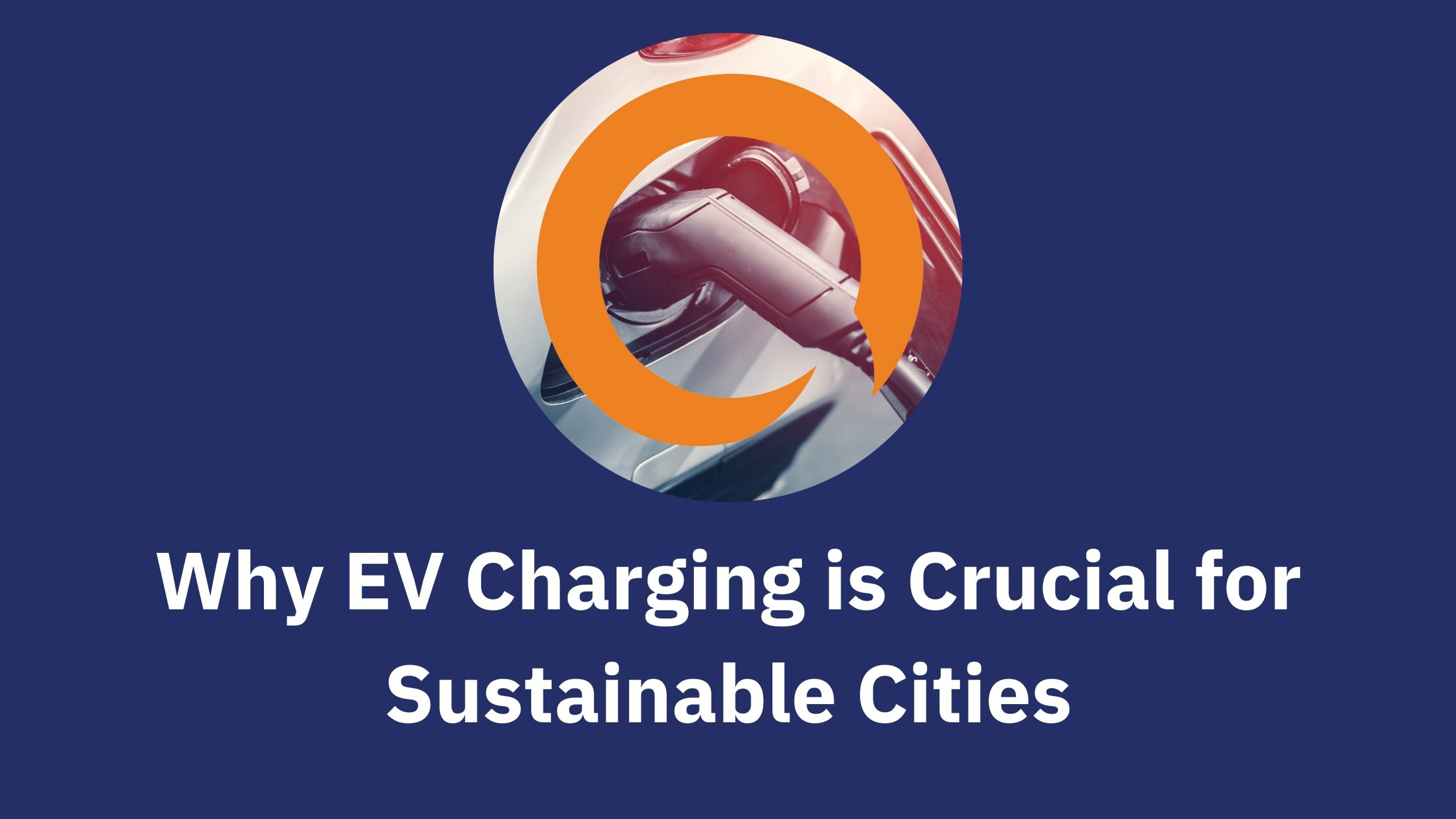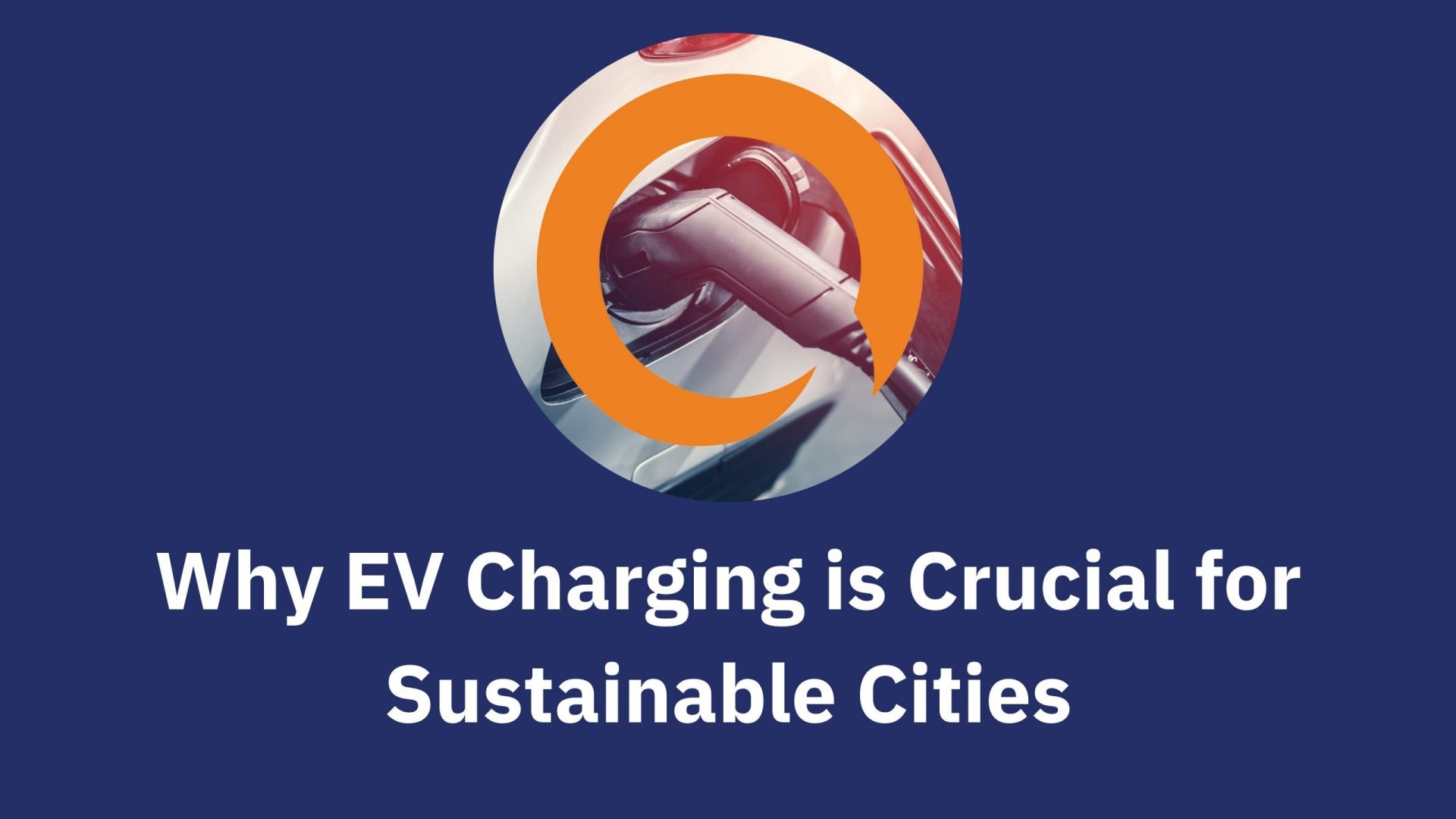
In recent years, electric vehicles (EVs) have become increasingly popular due to their environmentally friendly and cost-efficient nature. However, one of the biggest challenges facing the widespread adoption of EVs is the lack of EV charging infrastructure. Without proper EV charging facilities, it is difficult for EV owners to recharge their vehicles, which in turn limits the growth of the EV market. In this article, we will discuss why EV charging is crucial for sustainable cities and how the development of EV charging infrastructure can help reduce carbon emissions.
First and foremost, the use of EV chargers is a key strategy for building sustainable cities. By providing EV charging infrastructure, cities can encourage the use of electric vehicles, which emit fewer greenhouse gases and other harmful pollutants compared to traditional gasoline-powered cars. In Singapore, the government has implemented several initiatives to promote the use of EVs, including the installation of public EV chargers across the city. As of 2021, there are over 2,500 EV chargers in Singapore, and the government has plans to increase this number to 60,000 by 2030.
Furthermore, the development of EV charging infrastructure can also help reduce carbon emissions by encouraging the use of renewable energy sources. For example, in Singapore, the government has launched the SolarNova program, which aims to increase the deployment of solar panels and encourage the use of solar energy for EV charging. By integrating EV charging with renewable energy sources, cities can reduce their carbon footprint and promote sustainable living.
Another benefit of EV charging infrastructure is that it can help reduce traffic congestion and improve air quality in cities. As more people switch to EVs, the demand for traditional gas stations will decrease, which can free up space in urban areas. Additionally, EVs do not emit harmful pollutants like nitrogen oxide and particulate matter, which are major contributors to air pollution. By reducing traffic congestion and improving air quality, cities can provide a healthier and more livable environment for their residents.
Lastly, the development of EV charging infrastructure can also have economic benefits for cities. As the EV market continues to grow, there will be an increasing demand for EV charging facilities. This can create new business opportunities for companies involved in the production and installation of EV chargers, as well as for entrepreneurs who can provide EV charging services. By investing in EV charging infrastructure, cities can attract new businesses and create jobs in the green energy sector.
In conclusion, the development of EV charging infrastructure is a critical component of building sustainable cities and reducing carbon emissions. By providing EV charging facilities, cities can promote the use of electric vehicles, reduce traffic congestion, improve air quality, and create new economic opportunities. In Singapore, the government has made significant efforts to promote the use of EVs and has installed thousands of public EV chargers across the city. As the EV market continues to grow, it is crucial for cities to invest in EV charging infrastructure to ensure a sustainable and green future for their residents.
